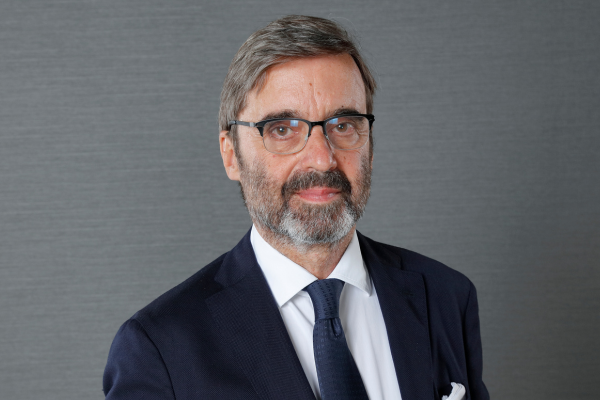-
TrendsDemocracyEuropean Affairs
-
CountriesBrussels / European UnionUnited StatesGlobal
The NATO Summit in Washington has concluded. During this week, NATO leaders gathered in the U.S. capital to address security challenges on both sides of the Atlantic on a symbolic date: 75 years of collective defense. It was Jens Stoltenberg‘s final international meeting as Secretary General, as he will hand over the leadership of the Alliance in September to former Dutch Prime Minister Mark Rutte, whose mandate had already been extended due to the geopolitical situation in recent years.
Now, with greater clarity on NATO’s leadership in the coming years, three critical issues will still pose challenges for the organization: the continuity of political commitments during a hyper-electoral period for member countries, the credibility of Ukraine’s NATO membership process, and the uncertainties regarding European deterrence capabilities, especially in the defense industrial base.
In this document, the Office of Security, Defense, and Aerospace at LLYC analyzes how NATO and its members arrived at this Summit, the main conclusions, and the next steps for the most uncertain international environment since the end of the Cold War.




